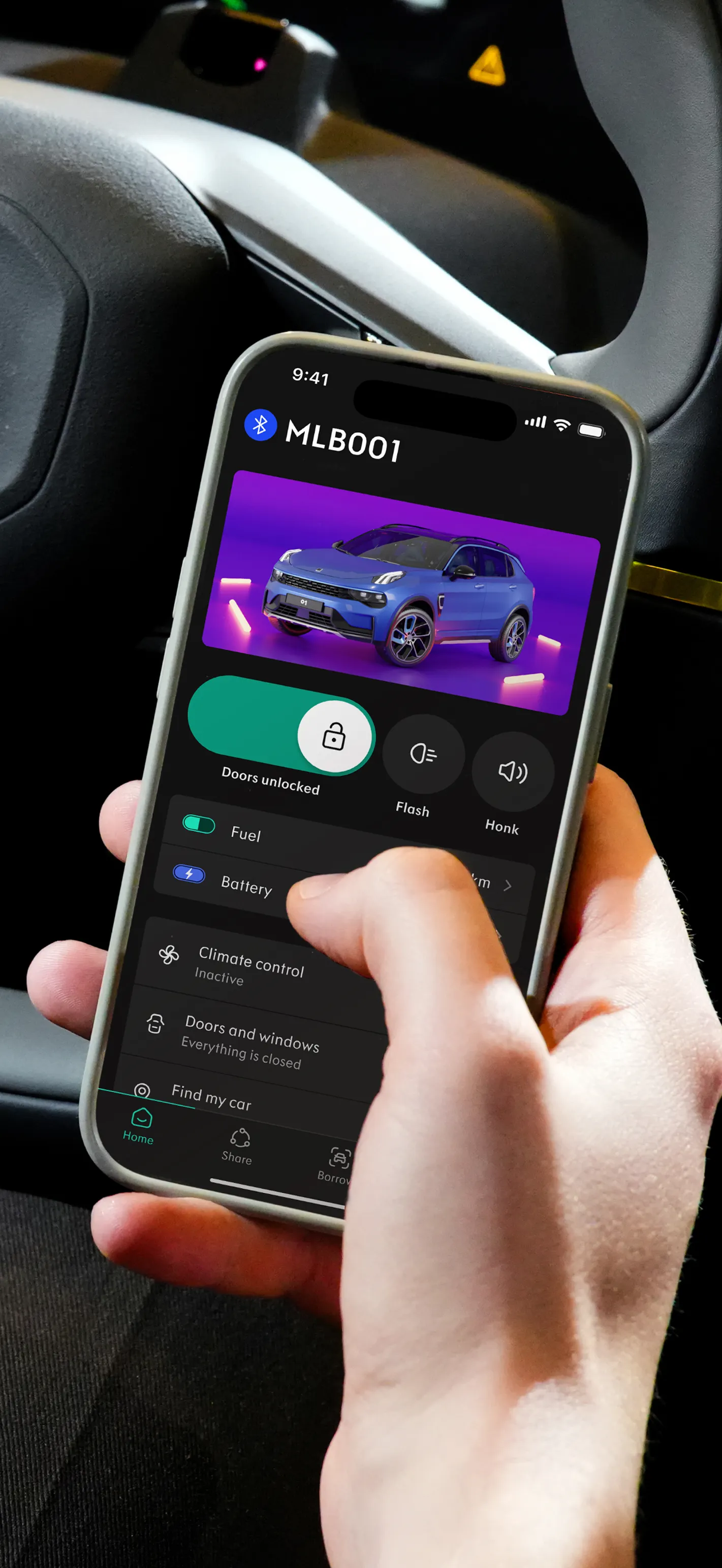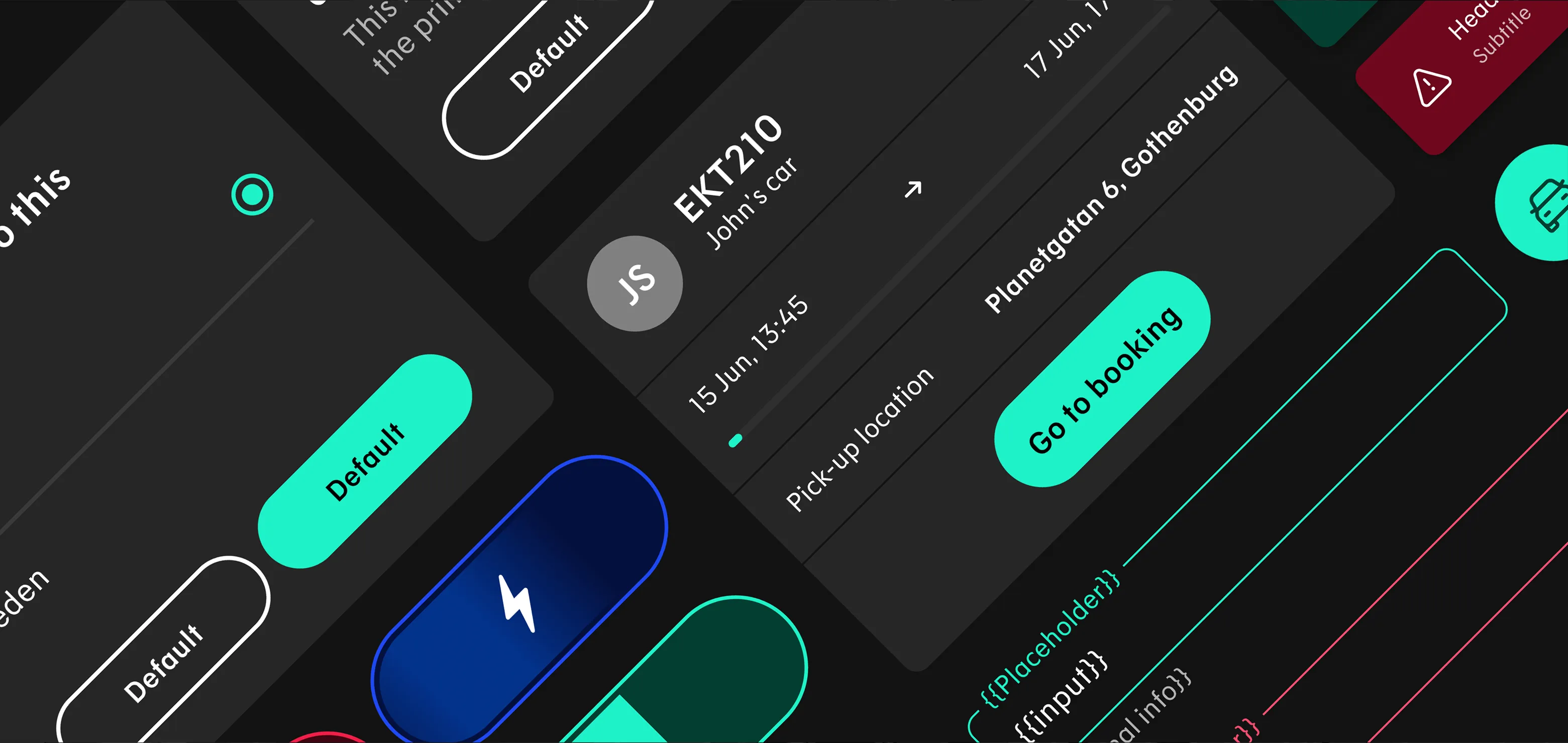Calmi from the
inside out
Easy to obtain, easy to replace
All the parts used in Calmi are off-the-shelf, meaning they're easy to find and order. They are affordable and simple to assemble.
And if any of the components break, it's easy to replace, which allowed me to experiment and learn as I'm building and testing things out.

LED light ring
A ring of twenty four light emitting pixels shine into the white SLA-printed dome, allowing for different light patterns to be created.

Speaker
Calmi can play sounds and voice-overs through its 3.5-watt speaker and dedicated audio controller.

Charging
The device runs on a lithium battery. You can charge it via the USB-port or wirelessly by using the provided charger pad.

Microcontroller
A dual-core microcontrollers served as a foundation, it has Wi-Fi capabilities and a compact form factor.

Software
The microcontroller runs on custom-written firmware. It manages communication between all components and facilitates communication between the app and the device.
The custom app has been developed from scratch. It enables users to perform complex interactions that they can't easily execute on the device itself.





























